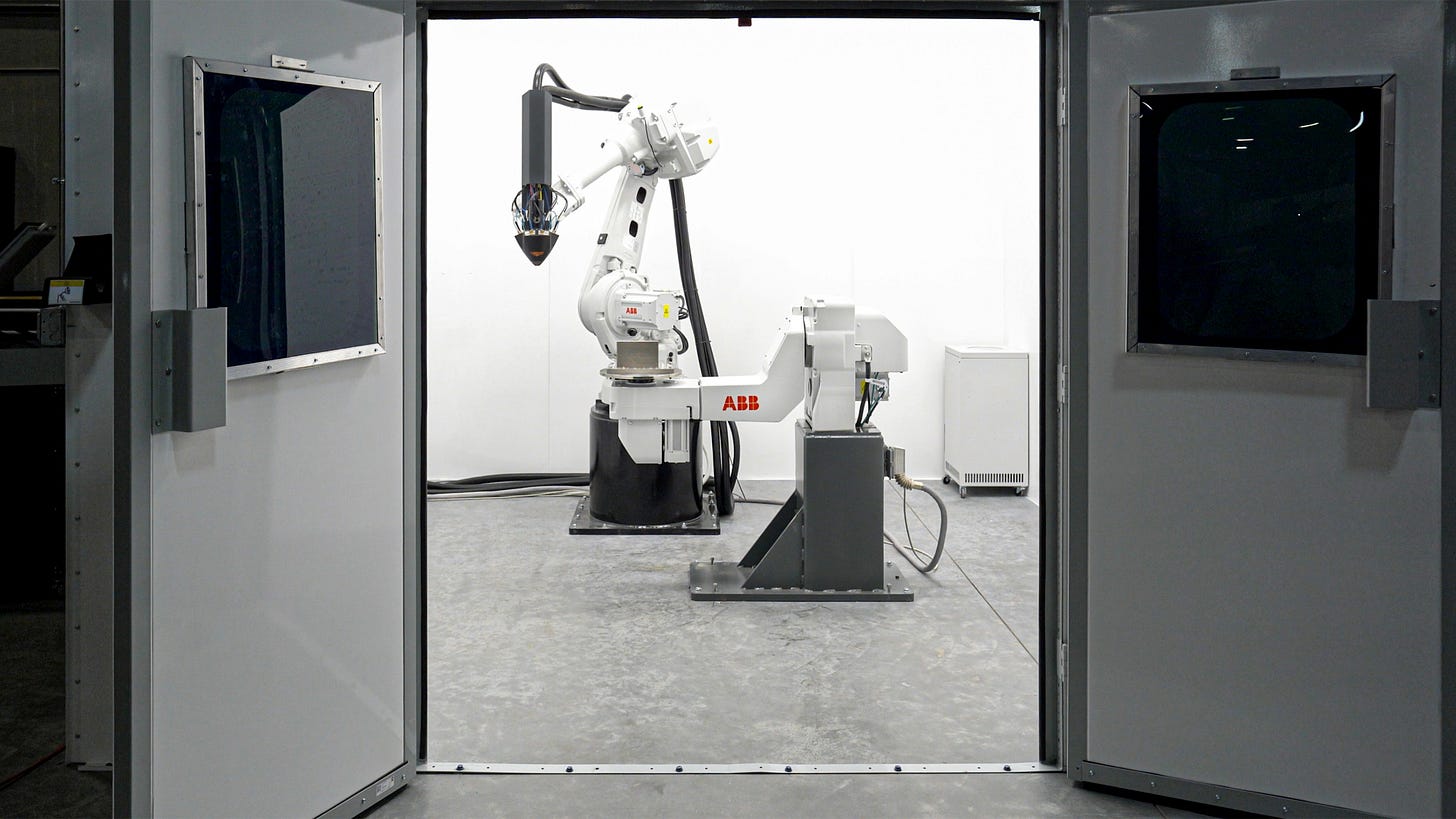Coase vs AI
How AI agents affect the nature of the firm
I’ve been thinking about Ronald Coase a lot this year. This might seem odd for an economist that died 12 years ago, and did his most seminal work in the 1930’s.
The thing is, if Coase were alive today I think he’d set the record straight on just how AI is going to rearrange our microeconomic furniture.
Let me explain.
Why Coase is on my mind
It all started when Dwarkish Patel published an What fully automated firms will look like. There was one paragraph which I couldn’t let go. Patel says:
Ronald Coase’s theory of the firm tells us that companies exist to reduce transaction costs (so that you don’t have to go rehire all your employees and rent a new office every morning on the free market). His theory states that the lower the intra-firm transaction costs, the larger the firms will grow. Five hundred years ago, it was practically impossible to coordinate knowledge work across thousands of people and dozens of offices. So you didn’t get very big firms. Now you can spin up an arbitrarily large Slack channel or HR database, so firms can get much bigger.
AI firms will lower transaction costs so much relative to human firms. It’s hard to beat shooting lossless latent representations to an exact copy of you for communication efficiency! So firms probably will become much larger than they are now.
This narrative hangs fine and seems logical enough. But hang on. In last sentence… what does much larger mean?
By headcount? Surely not. The tech layoff are here and don’t appear to be reversing. By revenue? If anything we’re seeing a disaggregation of the economy and less ‘winner take all’ firms.
So what do we know for certain on optimal firm size? Surprisingly little.
What Coase actually said on optimal firm size
For the record, Coase published The Nature of the Firm, an article (or more an essay really) in the newly founded economics journal Economica in 1937. He was 26 at the time.
The article offered an economic explanation of why individuals choose to form partnerships, companies, and other business entities rather than trading bilaterally through contracts on a market.
The core takeaway is that a firm will expand1 as long as internal transaction costs (i.e. organizing within the firm) are lower than the external transaction costs (using the market).
A firm will stop growing (i.e., reach its optimal size) when the marginal cost of organizing an extra transaction internally equals the cost of carrying out the same transaction on the market.
Therefore, by extension we expect that the optimal firm size is reached when the cost of organizing an additional transaction within the firm equals the cost of conducting that transaction through the market.
This makes sense in practice. If it's cheaper for a car manufacturer to outsource tire production (because managing a tire division would be more costly internally), it will do so. But if coordination, quality, or supply risks are too high, it may choose to produce tires itself.
Enter agents on both sides of the equation
This theory tracks well from the 1930’s to today, until we accept AI agents change the marginal cost of organising an additional transaction both within firms and for single-shingles in the external labour market.
So to answer the question ‘will AI expand or reduce optimal firm size’ we need to have a thesis on the question ‘will AI lower internal or external costs faster?’. Here it gets juicy.
Strong arguments that AI agents will lower internal costs faster:
Automation of standard internal business processes (e.g., HR, accounting, logistics) reduces the costs of managing complex, multi-person teams inside the firm, encouraging bigger teams.
Smart coordination tools (e.g., AI schedulers, predictive analytics, resourcing tools) make large-scale produce/service development more efficient, meaning more can be done in-house rather than through subcontractors.
While these points are reasonable, they also apply to the wider market too.
Strong arguments that AI agents will lower external costs faster:
AI-driven platforms and agents (e.g., for hiring freelancers, managing supply chains) reduce the friction (and costs) of outsourcing. Smart coordination tools across firms (e.g. common tech infrastructure) is lowering boundaries for intra-firm collaboration (while maintaining security).
As LLM’s mop up a lot of ‘grunt’ analytical/research tasks, it’s now easier to have a smaller number of highly specialised networked firms, rather than one large (and expensive) generalist firm.
Where that leaves us
I’m more bullish on the second argument.
I’ll happily accept the costs of organising within a firm are falling. It’s just that the cost of acquiring bespoke, on-demand labour from the wider market is falling more quickly. Applying Coasian arguments, average firm size should fall too.2
I haven’t seen many good papers on this thesis. I imagine it’s hard to disentangle the AI agent effect ripping through firms today from the highly volatile cost of capital firms have grappled with since 2020. We know interest rates are one of the primary drivers of firm aggregation or disaggregation within a macroeconomic cycle. When capital is expensive, firms:
focus on core operations and divest or outsource non-core activities.
borrow less for M&A
Both these factors may be propping up my Coasian thesis.
However I’d maintain that even in a low(er) interest rate environment, firms are incentivised to chase revenue and market share - not headcount.
Would Coase agree? I hope so. In his own words:
“Faced with a choice between a theory which predicts well but gives us little insight into how the system works and one which gives us this insight but predicts badly, I would choose the latter”
In terms of headcount/FTE (Coase didn’t have to contend with the conundrum as whether to count AI agents as staff back in 1937).
I’ll leave it to other to hash out whether this means by default the average number of firms in a market will increase.


